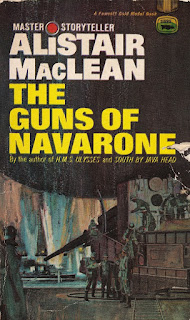For my Halloween read this year, I chose an author that I can always count on for a great read (not just a great horror read but a great read in general). This one certainly fulfilled my hopes and expectations.
For those that remember the plot of Edgar Allan Poe’s "The Fall of the House of Usher" (and if it’s been a while, I suggest you review a plot synopsis at the very least), Roderick Usher suffers from a condition that is part hypochondria and part acute anxiety that is triggered by sensory overload. He also believes the house he lives in to be alive, and that this sentience arises from the arrangement of the masonry and vegetation surrounding it.
These themes play out in all their intriguing and horrific glory in this “sequel” novel. Rix Usher is a descendant of the Usher clan and he has reluctantly returned to Usherland, a huge compound worthy of the family behind the enormously rich and powerful Usher Armaments Company. Along with his brother and sister, they await the imminent passing of the current patriarch, Walen Usher. While the brother and sister vie for selection as the heir to the company leadership, Rix, a former best-selling horror author is struggling to recapture that magic and wants to turn his focus toward writing a family history.
I really enjoyed how the author shows us how Rix uncovers the history of his family. While Rix researches old letters, journals, newspaper clippings etc. from the secretive family archives, we get to live those scenes and learn of all five prior generations, all the way back to Roderick. While lots of juicy details and intrigue are uncovered, it all becomes a complex puzzle as we continue to learn about more pieces throughout the book. Along with all of that is an assortment of supporting characters, many of which are…a little odd.
The horror aspects through the first 3/4ths of the book are pretty much confined to odd happenings such as some disappearing children, rumors of “The Pumpkin Man” and his giant black panther pet in the woods, references to the King of the Mountain, etc. Also, we get to witness the real-life horror that can happen when greedy siblings compete for untold wealth. McCammon masterfully builds the suspense and the horror until it explodes in truly scary fashion. The horror combines aspects of traditional haunted house scariness, witchcraft-style magic and bestial attacks. He weaves in the historical themes from Poe’s original story along with the historical puzzle pieces we’ve learned through Rix’s research. It is, indeed, a complex structure but McCammon pulls it off, just as I had hoped.
A great choice for reading late at night and into the wee hours of an October morning. But I recommend leaving the lights on.































